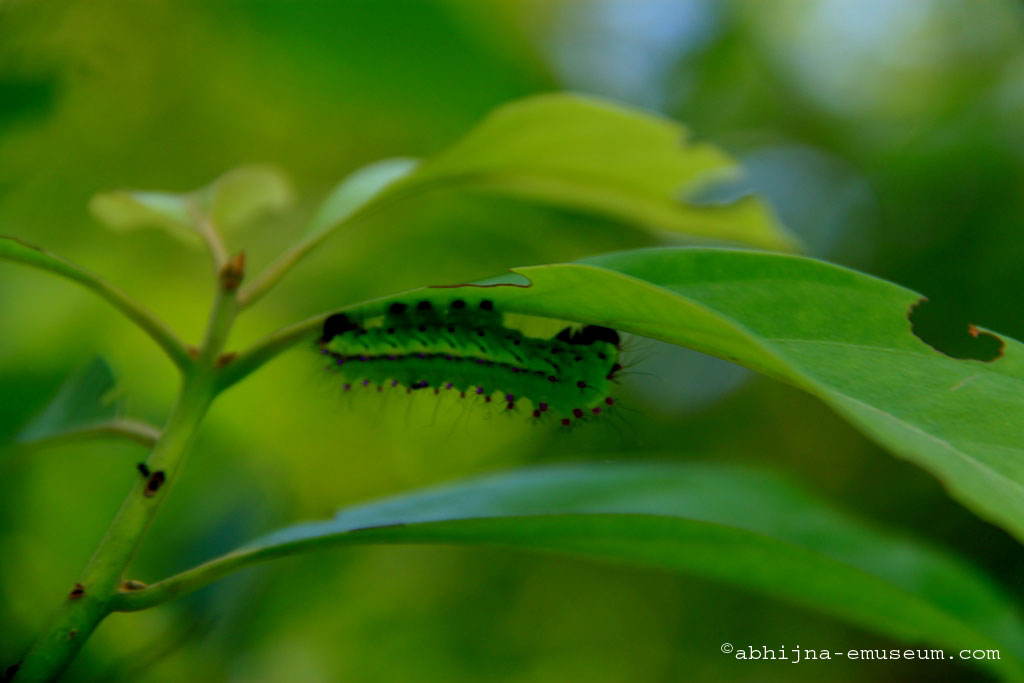Assamese silk was always celebrated all over the world from times immemorial. Ancient Chinese travellers and traders travelled along the river Brahmaputra to procure lac and non-mulberry silk. Even before the Christian era, unbleached Assamese silk called muga, also known as the ‘golden silk’, reached Lhasa and then to Chengdu, where it was considered a novelty to wear garments in silk of Assamese manufacture.[1] Since the ancient past till the modern times, hand-loom weaving is one of the important industries of Assam, with women predominantly forming the major contributors. One of the reasons, Mahatma Gandhi praised Assamese women to be born weavers with the ability of weaving fairy tales in their cloth.[2]
[soliloquy id=”1676″]
Silk production in Assam comprises of the non-mulberry silks specifically muga (golden silk) and eri (ahimsa silk). Apart from these wild silks, pat (mulberry silk) and short staple cotton is also produced. Generally, the larva of the silk worm is reared on their respective trees or leaves, for instance, the larva of eri is reared in castor or tapioca leaves. These larvae voraciously feed and create a cocoon around them and when the time comes for its metamorphosis, in case of eri, it pierces the cocoon and emerges out. The cocoon is then spun into continuous silk yarn and woven into yardage. In case of eri, since the silk worms are not killed in the process, it is also called ahimsa (non-violent) silk. Although, when it comes to muga and pat it is not the same.
Beautiful fabrics are woven using these silk yarns. Dyed cotton yarn and guna (metal yarn) is used for creating motifs like kinkhab and gos-sorai (tree flanked by birds) which are some of the most celebrated ones. Muga mekhela chador adorned by the Assamese ladies and warm eri chador (wrapper) by men, are all produced in the local weaving clusters mainly in Sualkuchi, Raha, Lakhimpur and Korajhar. Here, fly-shuttle looms are used with the aid of a Jacquard device to meet the demand commercially. In the more domestic scale, the loin loom and the throw-shuttle loom are popular.
Although silk production provides great subsistence to people of Assam, yet one sees a great decline in the production in the recent years. Lack of investments in sericulture and unplanned approach by the government is leading the silk production to a severe downfall. With muga and eri both being eco-friendly and organic in nature, it is only a hope that the people would see the potential in uplifting the production of these silks.
Author::
Sushmit Sarma
National Museum, New Delhi
[1] Dwivedi, Sunita. In Quest of the Buddha: A Journey on the Silk Road. (New Delhi, Rupa & Co., 2009), 226-227.
[2] Gillow, John and Nicholas Barnard. Indian Textiles. (New Delhi: OM Books International, 2008), 174-177.
